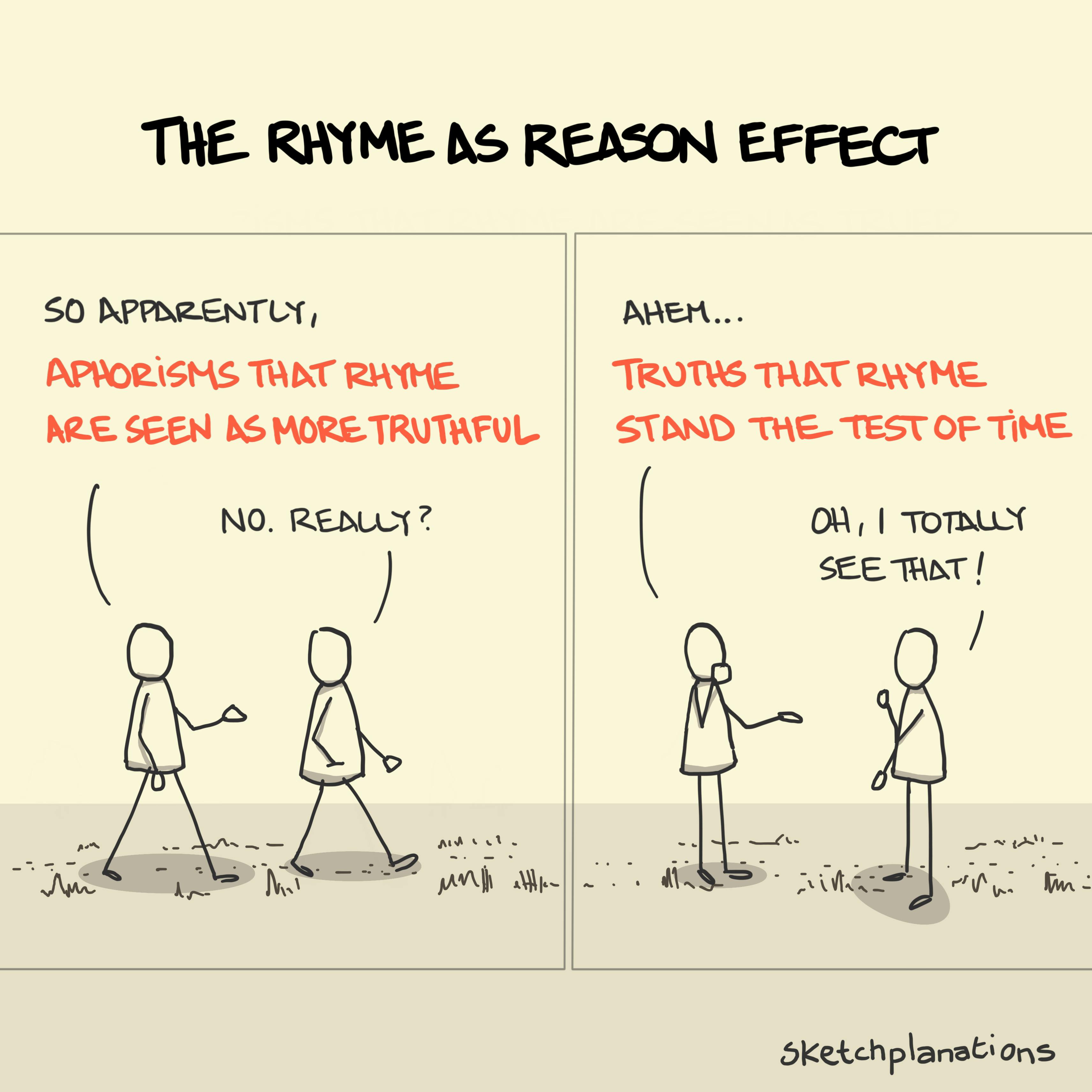
Physics Envy
Physics envy refers to the wish that a field of study would turn out to be as precise, as predictable, as repeatable, and as amenable to modeling and theory that replicates practice as physics is. As it turns out, most fields that involve people — such as economics and the social sciences — are rarely so tidy and orderly and neatly mathematically modeled. They are instead usually messy, uncertain, and filled with context, nuance, history and confounding factors such that making sense of them in broadly applicable ways is rather difficult. And while we do our best to quantify and identify effects, or cleanly isolate our cognitive biases or our quirks of behavioural psychology, rarely are they able to live up to the purest standards of physics. It's enough to turn one green with envy. It reminded me of the best laid plans of our Saturday sports coaches turning for their substitutes to execute their plans, only to find the players climbing trees in the adjacent field.…Physics envy refers to the wish that a field of study would turn out to be as precise, as predictable, as repeatable, and as amenable to modeling and theory that replicates practice as physics is. As it turns out, most fields that involve people — such as economics and the social sciences — are rarely so tidy and orderly and neatly mathematically modeled. They are instead usually messy, uncertain, and filled with context, nuance, history and confounding factors such that making sense of them in broadly applicable ways is rather difficult. And while we do our best to quantify and identify effects, or cleanly isolate our cognitive biases or our quirks of behavioural psychology, rarely are they able to live up to the purest standards of physics. It's enough to turn one green with envy. It reminded me of the best laid plans of our Saturday sports coaches turning for their substitutes to execute their plans, only to find the players climbing trees in the adjacent field.WWW…
Read more…





